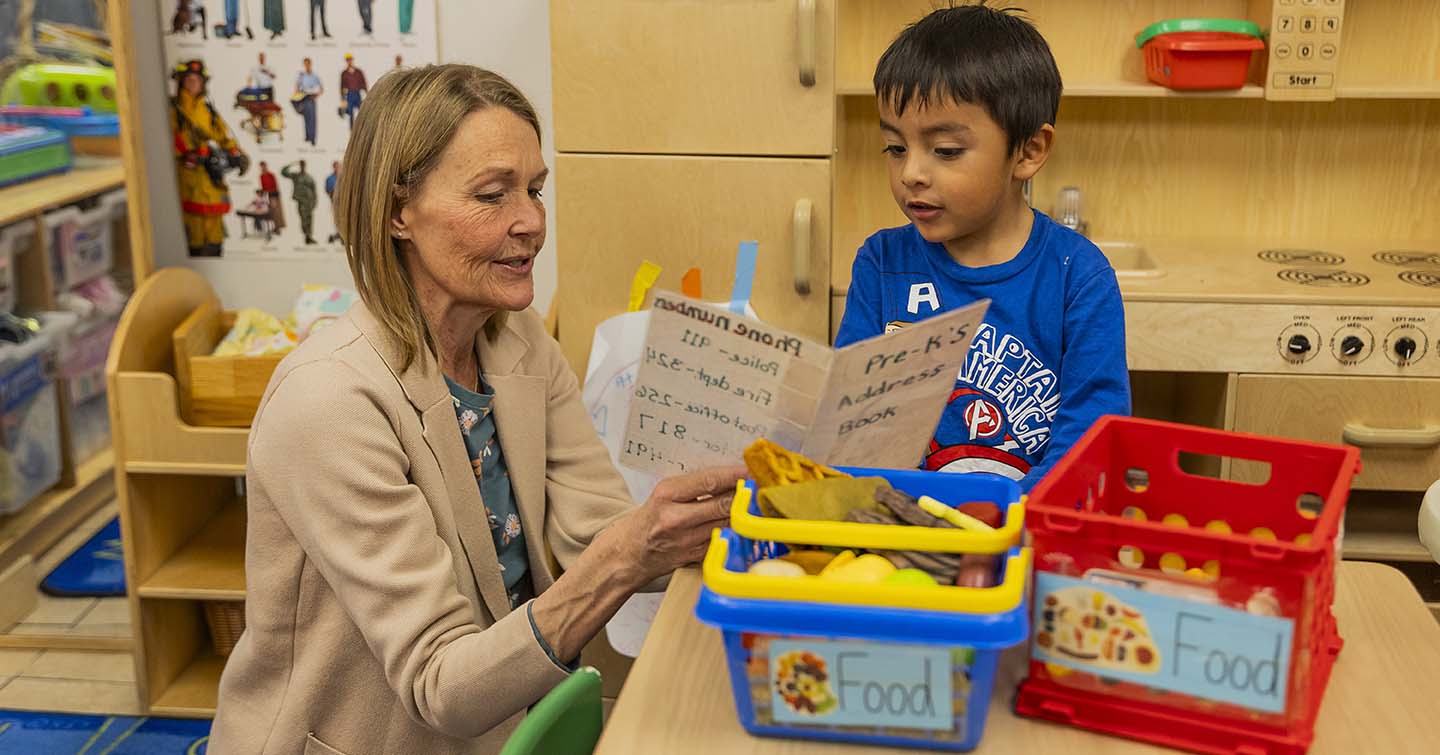Building healthy eating habits in early childhood can feel like a challenge—but it doesn’t have to be. When introducing new foods to babies, toddlers or preschoolers, small steps and a little patience can make a big difference.
These six evidence-based tips can help your family support your child’s nutrition in positive, low-pressure ways that encourage curiosity, exploration and lifelong wellness.
1. Start Small
Offering just a taste is a great first step when introducing a new food. Research shows that even small portions help children get used to unfamiliar flavors over time. A single bite (or even a lick!) is progress—especially for picky eaters.
2. Keep Trying
It can take 10 to 15 tries (or more!) before a child feels comfortable eating something new like broccoli or peas. Stay consistent and don’t worry if your toddler doesn’t take to a new food right away. Repeated exposure builds familiarity and confidence.
3. Make It Fun
Kids are more likely to try new foods when the experience feels playful. Try cutting foods into fun shapes, using colorful plates, or even hosting a “picnic” in the living room. A little creativity goes a long way in making healthy eating a positive experience.
4. Encourage Exploration
Let your child explore new foods using all their senses. Smelling, touching—even squishing—are all part of the learning process. Hands-on discovery helps children feel more comfortable trying new foods and builds their independence around mealtimes.
5. Involve Them in the Process
Whether it’s helping pick out a vegetable at the store or washing fruit at home, kids are more likely to try foods they’ve helped choose or prepare. Engaging your child in the meal prep process builds excitement and a sense of ownership.
6. Avoid Pressure
While it’s tempting to bribe, beg or negotiate, studies show that pressuring kids to eat is usually counterproductive. Stay calm, offer a variety of foods regularly, and model healthy eating habits yourself. Over time, your patience will pay off.




